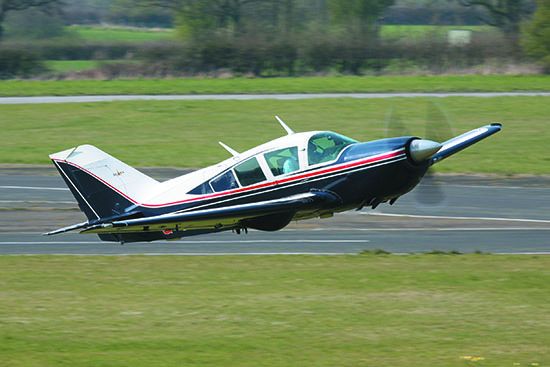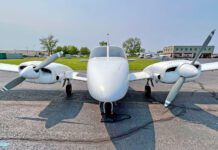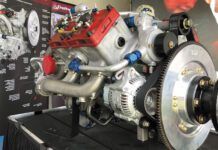BELLANCA VIKING
I am a partner with Bellanca Aircraft, Inc. We—a group of three longtime Bellanca owners—acquired Alexandria Aircraft in 2021 with the intent of re-energizing support for the fleet of Bellanca Vikings and earlier models (the earliest Vikings are now 53 years old, with roots back to the Bellanca Cruisar). In response to your report on the Viking in the July 2022 Aviation Consumer, I add the following.
Your comment about reduced part prices is what caused the previous owners to run the business at a loss, and ultimately proved to be a bad decision. If people want to own airplanes, they need to keep the supply sources healthy. Approximately 630 remain in the FAA registration database.
As for the current market, your research is a good as ours. It is important to emphasize that buying a Viking requires a prebuy by a shop knowledgeable with the Bellanca Viking, not just any mechanic. As for landing it, airspeed control is very important, both to avoid high sink rates in the landing configuration and to avoid runway excursions on rollout. Keep the nose off the ground and let it settle on its own. Practice these techniques with an experienced Viking instructor until they are second nature.
The runway loss of control accidents have actually taken a greater toll on the fleet than fuel-related accidents. Perhaps as many as half of the RLOC incidents are never reported, and therefore don’t make it into the official NTSB records. Unfortunately most of RLOC incidents permanently remove the aircraft from service. The reason being is that the typical insured hull value of a Bellanca Viking motivates the insurance carrier to deem such incidents as total losses. Many damaged aircraft that could absolutely be repaired end up in salvage yards.
So why are there so many RLOC incidents? The root cause is a weak design of the landing gear, especially the nosegear geometry (rake & trail), coupled with inadequate maintenance over the years. Piloting technique is of course a contributing factor. The majority of the Viking fleet employ a nosegear strut with minimum “ground trail” causing unstable ground handling, particularly at high speeds. Related maintenance deficiencies such as worn gear bushing and the mis-rigging of the landing gear aggravate the problem. New pilots and rusty pilots must build the proficiency to handle the landing rollout.
Last, if there is one main objective for my partners and I it is to provide a high level of support for the owner community. As the guy that answers the phone I spend on average four to five hours each day taking orders for parts and troubleshooting technical issues. The Bellanca Aircraft factory now provides a full service maintenance operation in addition to supplying parts for the fleet. The other highly rated maintenance shops are: MARS in California, Weber’s Aero Repair in Minnesota and Pasquale Aviation in Pennsylvania. All of these shops work together to share information and solve problems. We definitely want to leave the “iffy” reputation in the dust. Our website (www.bellancaaircraft.com) is a work in process and will eventually provide a broad collection of technical documents and knowledge.
Rob Swanland – Bellanca Aircraft, Inc.
PRICEY GYRO REPAIRS
Thank you for the guidance on repairing and overhauling round-gauge gyros in the August 2022 issue of Aviation Consumer. Nobody else is talking about this thorny issue, and not everyone has made the investment in glass. I was one of them until I was recently faced with repairing my Century NSD1000 electric HSI.
I wasn’t ready to ditch it in favor of a Garmin replacement until my shop (who outsourced the repair) quoted me nearly $4000 total for the bottom-line overhaul process. That would be stupid money as you alluded to in your report. Thank you for all you do for budget-conscious (cheap!) buyers like me.
Phil McDonald – via email





